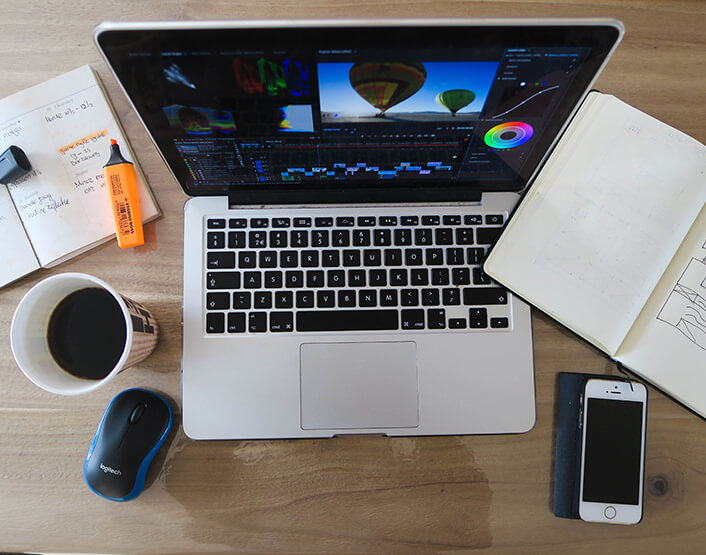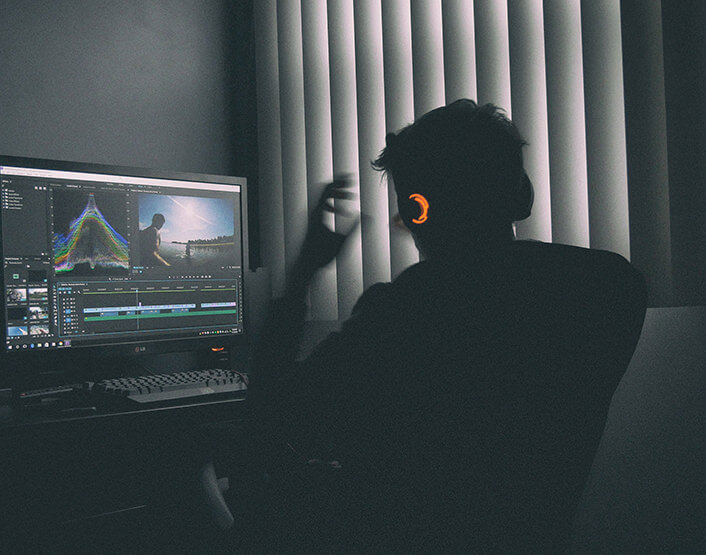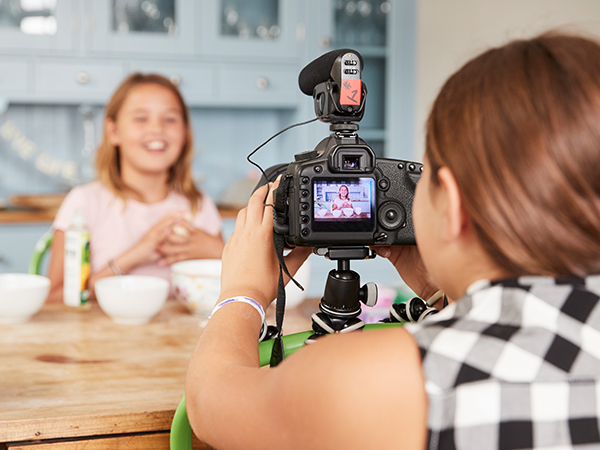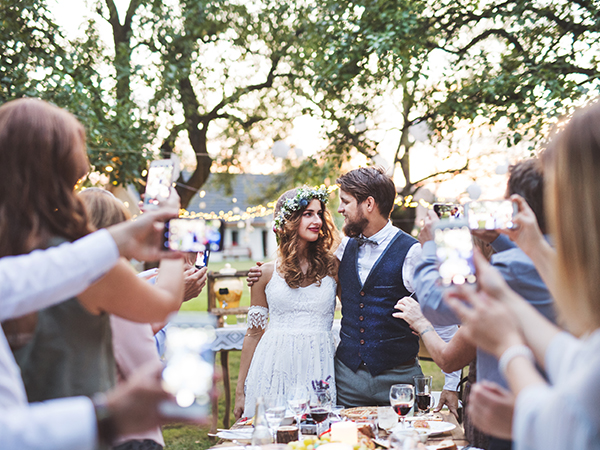If you want to learn the tricks to make you a better videographer, you need to understand one thing: all of the tips and tricks you will find here will take a considerable amount of your personal time. Meaning, you have to sacrifice your time and work hard learning these drone videography techniques.
If you think you are up to it then, by all means, read one. However, if you neither have the time to read a lengthy blog or a five-minute explainer on how a technique works, then this skill is not exactly for you.
Overtake
This shows a depth of emotion and storytelling. It shows the separation of the main subject and the background while also serving as the reveal shot. An overtake is the shot we usually see on the beginning credits of a film.
It is used to show the audience the environment that surrounds the main subject. You can do this by flying past your subject either from the top or the side. You can also reveal a landscape or a background.
Tilt reveal
This is a very simple method that you must be able to master now. The results are always interesting. We see this when a camera is faced downward while a character is washing his hands off blood, for example. Slowly, the camera will tilt upward, revealing who the character is.
Object of interest
Basically, you’re orbiting around your subject, not letting the fact that you are moving the drone left and right to lose sight of your subject. The camera must always face the point of interest. To do this, remember how the sun orbits around the sun, though you don’t have to do the full 360 degrees as that may bore your drone videography audience.
Bird’s eye view
We see this being used all the time in movies. Basically, you have to fly your drone at a certain distance and start filming with the camera tilted downward. You can fly in any direction as long as the shot can see the action unfolding below.
Unveiling shot
As a combination of the overtake and the tilt reveal, this is actually one of the most dramatic shots you can take with your drone and your camera. Basically, the effect is to show a landscape or a view in all its glory.
You can start by pointing the camera downward and then slowly moving it to the main subject or object of interest and tilting it upward once it reaches the “goal.”






